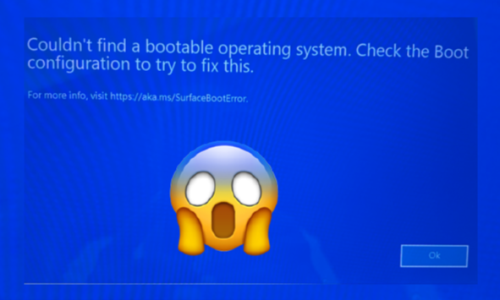
Top Posts
2Pint Software monthly roundup - September edition
2Pint Tech, Social
Oct 10, 2025
By David Meurer
I survived the Windows recovery process — but just barely
OS Deployment, 2Pint Tech, Windows
Sep 22, 2025
By Michelle Hammarskjöld
Latest posts

2Pint Software monthly roundup - September edition
By David Meurer
2Pint Tech, Social
Oct 10, 2025 By David Meurer

Meet us at MMS Music City 2025
By David Meurer
2Pint Tech, Social
Oct 01, 2025 By David Meurer

I survived the Windows recovery process — but just barely
By Michelle Hammarskjöld
OS Deployment, 2Pint Tech, Windows
Sep 22, 2025 By Michelle Hammarskjöld
Boot like a boss: Why iPXE Anywhere Web Service is the PXE game-changer you never knew you wanted
Sep 22, 2025
By Niklas Larsson
By Niklas Larsson

 Doris The Bot..
Doris The Bot..